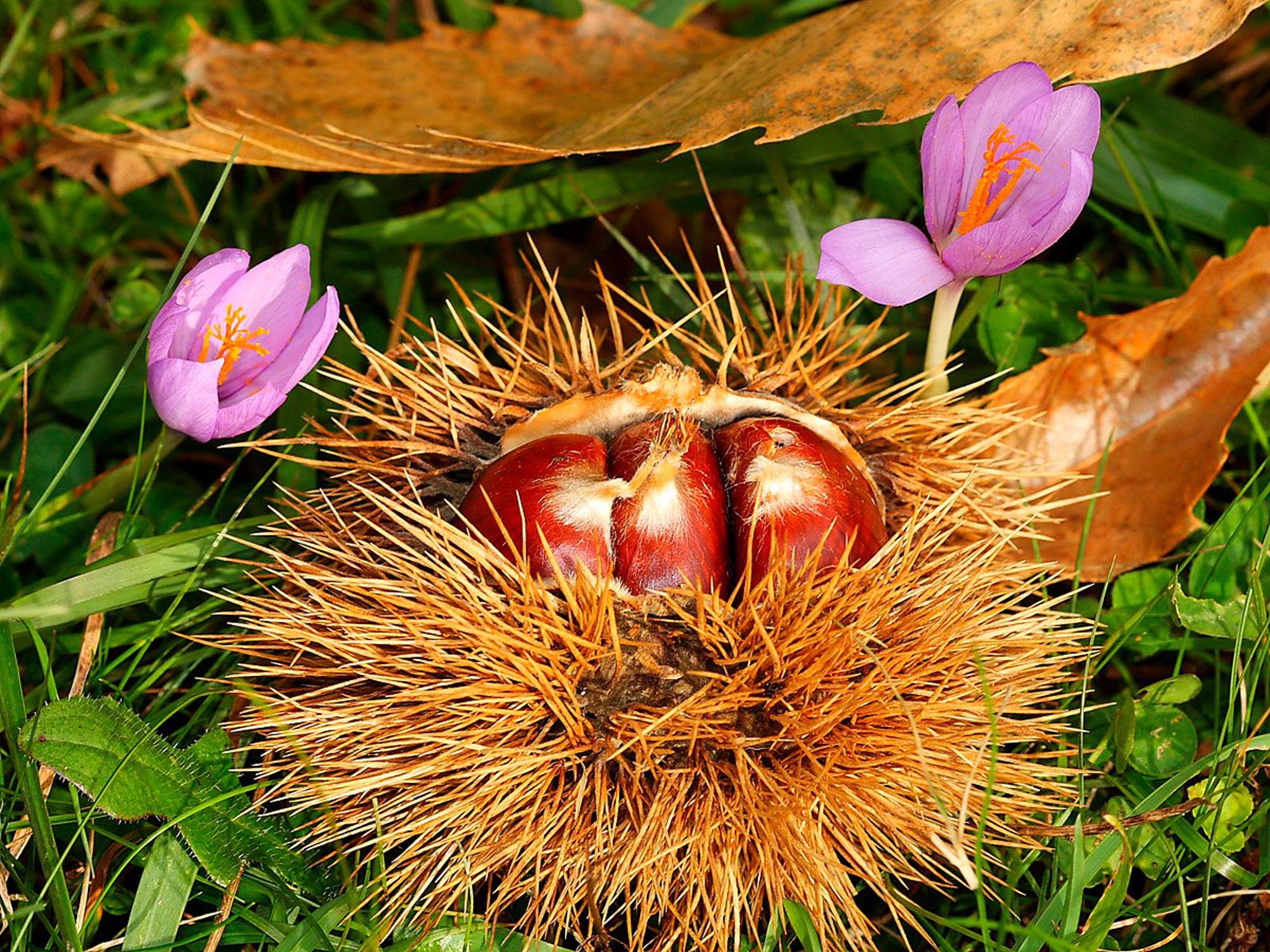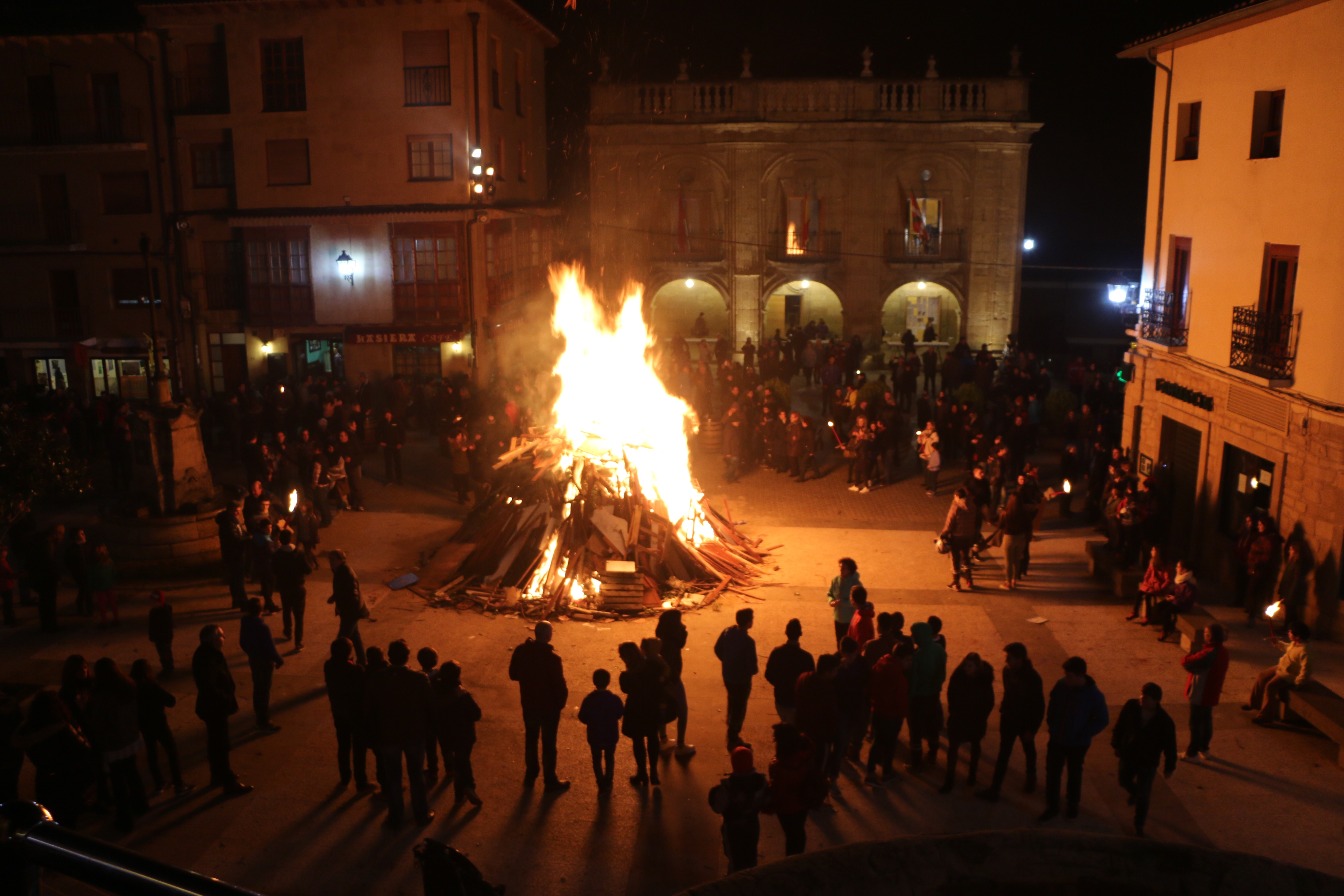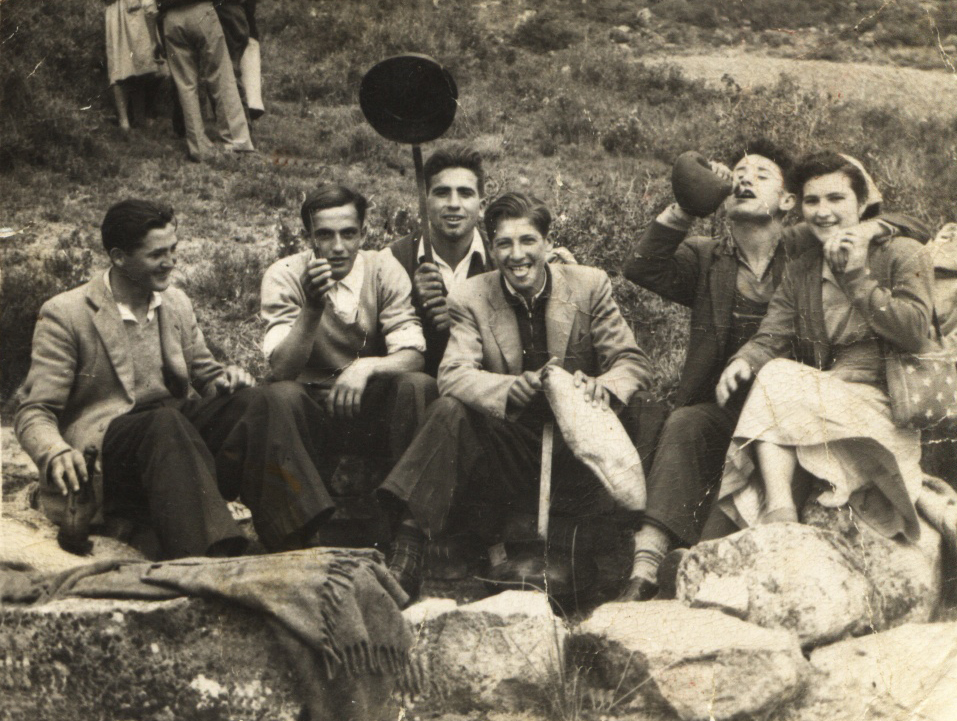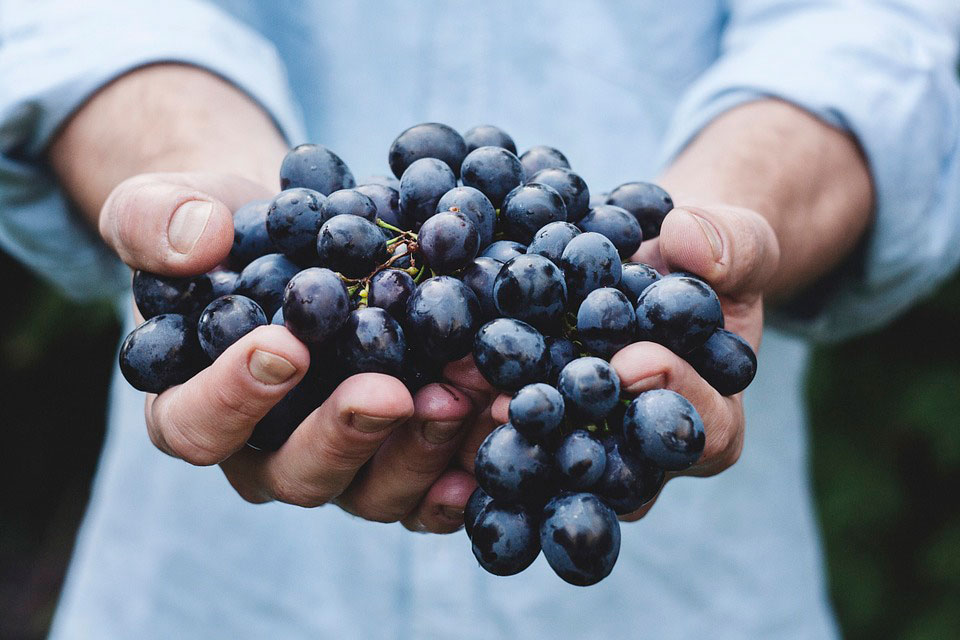Basque ethnography at a glance
On 12 October, the Feast of Our Lady of the Pillar, the council of Zigoitia in Álava used to auction off the right to harvest chestnut trees on communal land in lots of one, two or three specimens. Chestnut can also be found in the mountains of the nearby localities of Etxaguen, Murua, Manurga, Acosta, Ondategi, Gopegi and Zestafe. (more…)
Wine has likewise had important uses both in popular medicine and family diet.
Within the daily therapeutics of yesteryear’s Navarrese society, so far removed from medicines and drugs, wine and its derivatives helped in combating numerous diseases. Compresses of vinegar and salt served as a remedy for sprains in Améscoa and insect bites in San Martín de Unx. Vinegar being considered an efficient wound disinfectant, a good rub of it would fight ringworm in Izurdiaga, chilblains in Larraga, and even rabid dog bites in other localities. Vinegar patches to minimise the effects of cold sore outbreaks was another common use. (more…)
In the traditional Navarrese society where scarcity forced the appropriate use of the existing resources, wine proved extremely valuable in a wide variety of ways. It had above all a stimulating effect on the daily life of a people subjected to the pressures of physical labour. Field workers, for instance, never tasted water and enjoyed instead the benefits of wine. On a hot, sunny day of August in the fields of Nekeas in Obanos, the word is out, somebody had no choice but to drink water from a source, for his wineskin was empty, and ended up… with an upset stomach.
Now that it is grape harvest time we shall remember the diverse uses of wine in its multiple forms. (more…)





